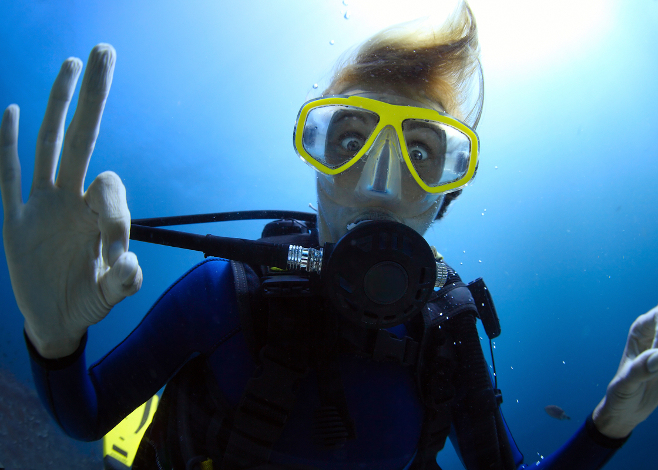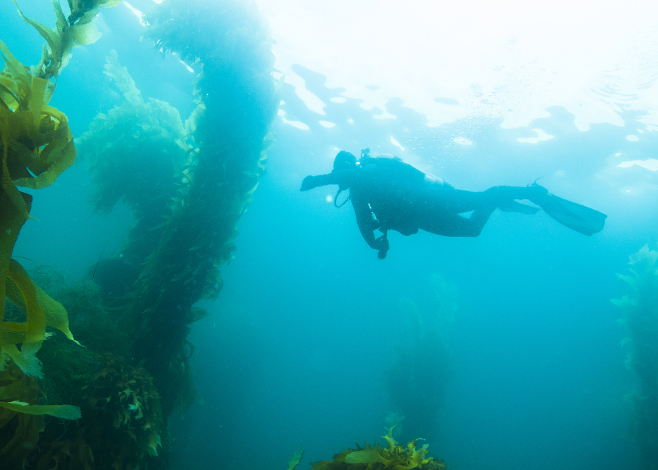Sidemount diving has exploded in popularity over the last few years, among both recreational and technical divers. But the real learning curve starts after you’re certified.
Yvonne Press
The foundational ABCDs of technical diving — Awareness, Buoyancy control, Communications and Discipline — are vitally important on every dive.
Mention solo diving to any group of divers and you’ll get a strong reaction. But what about solo diving and technical diving — do they ever mix? And if so, how do you stay safe?
If you’ve caught the diving bug, you likely want to get in the water every day. But if that isn’t an option, how often should you scuba dive to keep your skills fresh?
Hand signals are an integral part of any diver’s skill set but communicating while technical diving can be a bit more intense. Here are a few tools for recreational divers to borrow.
Going from “zero to hero” as a diver means moving from an Open Water diver to a professional in a very short space of time. But how does it work in the tech diving world?
The best scuba diving in Sharm el Sheikh, Egypt, means whale sharks, wrecks, and Ras Mohammed National Park.
North Sulawesi is home to some of Indonesia’s — if not the world’s — best wall diving. Here are our picks for the best scuba diving in Bunaken.
Don’t let chilly temperatures keep you out of the water. The world’s best cold water scuba diving offers wrecks, crystal-clear visibility, kelp forests, tons of fish and more.
While neighboring Bali is firmly established on the tourist circuit, nearby Lombok remains something of a hidden gem. Here’s some of the best scuba diving in Lombok.
With winter upon us, you may be considering a tropical dive vacation. But instead, don’t fight the cold and try one of our five top spots for ice diving.
Technical diving courses can be intense. There’s lots to learn and when you graduate, all that information is fresh in your mind. What’s next?
There are a few tricks that recreational divers can pick up from technical divers when it comes to preparing for a dive. Here are a few of the best.
In the latest in our series on how to get started and progress through technical diving, we offer an introduction to rebreather diving and what makes it special.
In the third installment of our series on technical diving, we’re moving away from beginner-level courses and into the world of trimix diving.
Although the phrase ‘technical diving’ tends to conjure images of deep descents, the initial stages of decompression diving are far less intimidating once you begin.
Two divers on the same dive may have vastly different readings on their dive computers. Why does this happen, and how do you know which dive computer is right for you?
Entry-level courses make technical diving for beginners an attainable challenge. Are you ready to enter the world of tech?



















